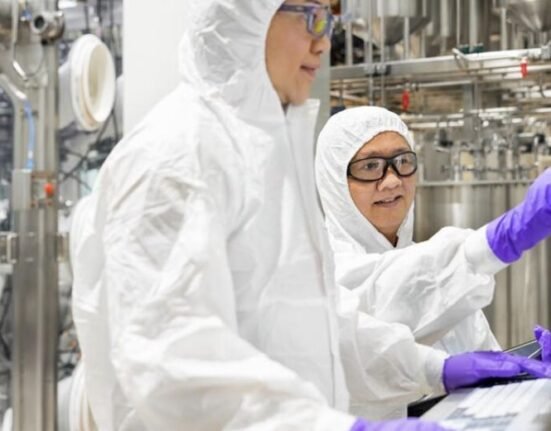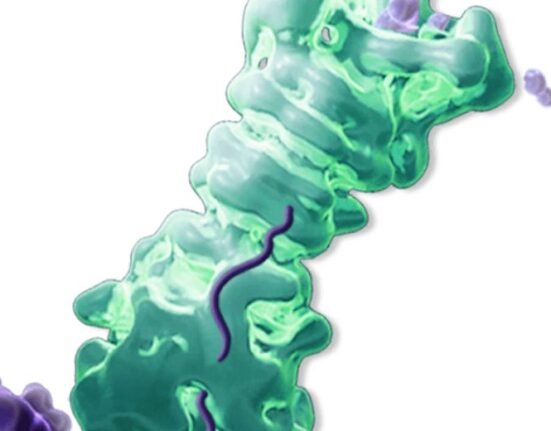HQ Team
January 31, 2024: Physicians and scientists are on the lookout for a new non-invasive diagnostic process for a lesser-known condition called adenomyosis in women.
One in five women suffers from this chronic condition that affects the uterus and some may have minimal or no symptoms at all. It can affect anyone who is having periods.
It causes irregular and heavy menstrual bleeding and pelvic pain. The condition may cause miscarriage, pre-term delivery and bleeding after giving birth. The symptoms it causes can disrupt your daily life.
Symptoms include an enlarged uterus, a feeling of abdominal bloating, fullness or heaviness, heavy bleeding during periods, pain during sex, pelvic pain and severe cramps during periods.
Adenomyosis occurs when the tissue that normally lines the uterus (endometrial tissue) grows into the muscular wall of the uterus. The displaced tissue continues to act normally — thickening, breaking down and bleeding — during each menstrual cycle.
Getting thicker
Mildred Chernofsky, M.D., a fellowship-trained gynecologic oncologist at Johns Hopkins’ Sibley Memorial Hospital said: “The tissue that lines the uterus (endometrium) is a special type of glandular tissue that responds to hormones.”
Each month, it prepares for a pregnancy by getting thicker. If pregnancy doesn’t happen, the endometrial tissue sloughs off during your menstrual period.
In adenomyosis, some of this tissue grows into the myometrium, which is the muscular inner wall of the uterus. The tissue still behaves as it would if it lined the uterus, so it thickens and bleeds with a woman’s monthly hormone cycle.
Risk factors include age, childbirth and previous surgeries, according to Mr Chernofsky.
Most women with adenomyosis are in their later childbearing years, between 35 and 50. The major symptoms of adenomyosis go away after menopause.
More research needed
Many women with adenomyosis have given birth to more than one child. Endometrial tissue could invade the myometrium when an embryo implants in the uterine wall. However, more research is needed to confirm this.
Studies suggest that prior uterine surgeries, such as caesarean section or dilation and curettage, could make adenomyosis more likely. Research is still ongoing about this risk factor.
A physical exam is the first step in diagnosing adenomyosis. “We review the patient’s symptoms and then palpate (feel) the uterus. It may feel spongy or globular if adenomyosis is present,” says Mr Chernofsky.
The next step is an ultrasound to check for signs of adenomyosis. Ultrasounds are quick and easy tests that can usually be performed in the doctor’s office.
While an ultrasound might not provide a very high-resolution image of the myometrium, it can help rule out other conditions, such as endometriosis or uterine fibroids.
MRI scans
A magnetic resonance imaging tool is the best to confirm a diagnosis of adenomyosis. “MRI provides incredibly high-resolution images and shows us the thickness of the endometrial-myometrial junction, so we know if tissue is invading both of these layers,” Mr Chernofsky said.
Women who bleed very heavily during their menstrual periods are at increased risk of anemia which results in fatigue, dizziness, fainting and shortness of breath.
As doctors work on imaging and ultrasound technologies to diagnose the condition, a standard non-surgical option is elusive yet.
The most common treatment is hormonal contraceptives. These include birth control pills or progesterone-releasing intrauterine devices. Tranexamic acid, a non-hormonal medication is the second-line of treatment.
Removal of uterus
Presently, the only way to fully stop adenomyosis is with a hysterectomy or removal of the uterus. The procedure can be done abdominally, laparoscopically and vaginally.
Another option is to undergo endometrial ablation for adenomyosis. The procedure uses heat to destroy the lining of the uterus. Ablation will not burn off tissue in the myometrium, so it is not typically a recommended treatment.
“It’s not clear what causes adenomyosis,” according to the UK’s National Health Service. “You may be more likely to get it if you are over the age of 30 and have given birth.”
“Adenomyosis is a poorly understood condition,” according to the American Academy of Family Physicians. “Similar to endometriosis, adenomyosis does not have any classic physical examination findings or laboratory studies that identify it as a likely diagnosis.”








